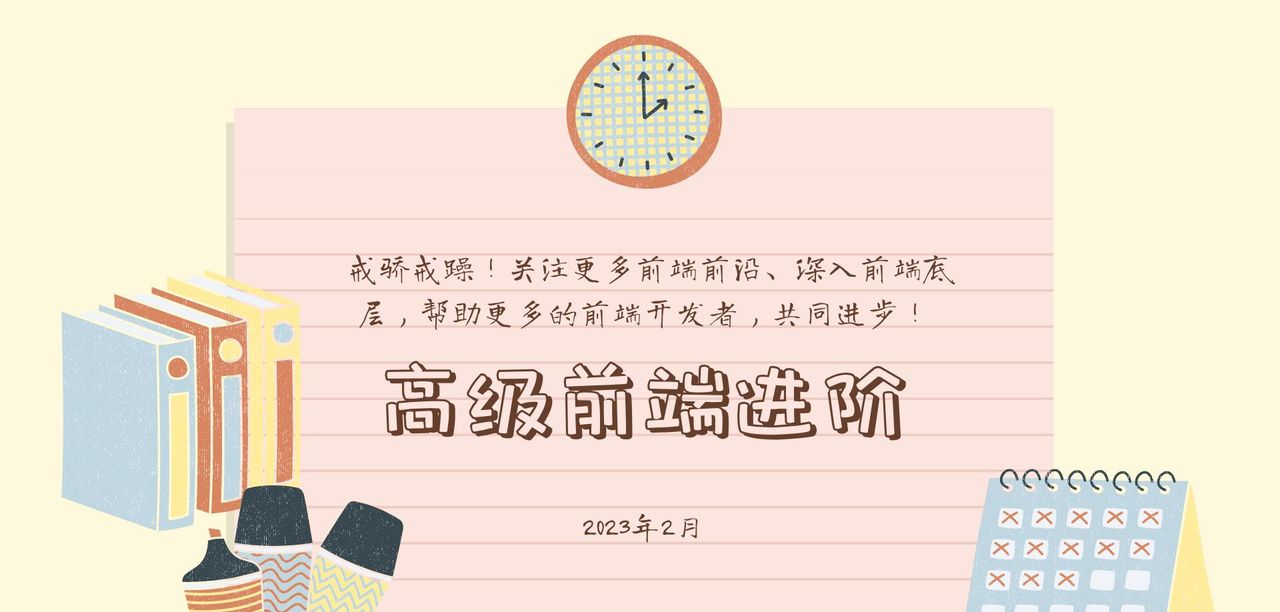如何构建高效且灵活的微服务UI层,Spring Cloud提供了多种解决方案。
Spring Cloud微服务架构中,UI层作为用户交互的入口,其设计直接影响系统体验和可维护性。与传统单体应用不同,微服务下的UI需要协调多个后端服务,并应对分布式环境的复杂性。
1 微服务中UI层的角色与架构选择
在Spring Cloud微服务体系中,UI层(或称Web层)并非简单的页面渲染工具,而是承担了服务组合、用户认证、请求转发等重要职责。一个设计良好的UI层能够有效提升系统整体性能和维护性。
微服务UI层主要有两种架构模式:
服务器端渲染架构:使用模板引擎(如Thymeleaf、Pebble)在服务端生成HTML页面,适合传统Web应用。前后端分离架构:前端作为独立应用(如Vue.js、Angular),通过API与后端微服务交互,更适合现代复杂企业应用。
以下是两种架构的对比:
|
特性 |
服务器端渲染架构 |
前后端分离架构 |
|
页面渲染位置 |
服务器端 |
客户端浏览器 |
|
开发语言 |
Java+模板语法 |
JavaScript/TypeScript |
|
性能特点 |
首屏加载快,SEO友好 |
后续交互流畅,服务器压力小 |
|
典型技术 |
Thymeleaf, Pebble |
Vue.js, Angular, React |
|
部署方式 |
与后端耦合或独立部署 |
完全独立部署(常通过Nginx) |
2 服务器端渲染UI开发
2.1 模板引擎集成
Spring Boot支持多种模板引擎,只需简单配置即可使用。以Thymeleaf为例:
<dependency>
<groupId>org.springframework.boot</groupId>
<artifactId>spring-boot-starter-thymeleaf</artifactId>
</dependency>配置文件示例(application.yml):
pebble:
prefix: /templates/
suffix: .html模板文件需放在
src/main/resources/templates/
2.2 控制器与视图开发
控制器负责准备模型数据并选择视图:
@Controller
public class WeatherReportController {
@Autowired
private CityDataService cityDataService;
@GetMapping("/report")
public String weatherReport(Model model) {
// 添加模型数据
model.addAttribute("reportModel", reportData);
model.addAttribute("cityList", cityList);
return "weather-report"; // 对应模板文件名
}
}2.3 页面模板示例
以下是使用Thymeleaf的页面模板示例:
<!DOCTYPE html>
<html xmlns:th="http://www.thymeleaf.org">
<head>
<meta charset="UTF-8">
<title>天气预报服务</title>
<link rel="stylesheet" href="https://maxcdn.bootstrapcdn.com/bootstrap/4.0.0/css/bootstrap.min.css">
</head>
<body>
<div class="container">
<div class="row">
<h3 th:text="${reportModel.title}">默认标题</h3>
<select class="custom-select" id="selectCityId">
<option th:each="city : ${reportModel.cityList}"
th:value="${city.cityId}"
th:text="${city.cityName}"
th:selected="${city.cityId eq reportModel.cityId}">
</option>
</select>
</div>
<div class="row">
<p>当前温度:<span th:text="${reportModel.report.wendu}"></span></p>
</div>
</div>
</body>
</html>3 前后端分离架构实现
3.1 前端架构选择
现代Spring Cloud项目更倾向于采用前后端分离架构。前端使用Vue.js、React或Angular等框架,通过API网关与后端微服务交互。
前端项目结构通常如下:
src/
├── api/ // 所有API请求
├── assets/ // 静态资源
├── components/ // 公用组件
├── router/ // 路由配置
├── store/ // 状态管理(Vuex)
├── views/ // 页面组件
├── App.vue // 根组件
└── main.js // 入口文件3.2 API交互与状态管理
前端通过Axios等库与后端API交互:
// api/user.js
import request from '@/utils/request'
export function getUserList(params) {
return request({
url: '/user/list',
method: 'get',
params
})
}
// 在Vue组件中使用
import { getUserList } from '@/api/user'
export default {
data() {
return {
userList: []
}
},
methods: {
fetchUserList() {
getUserList().then(response => {
this.userList = response.data
})
}
},
mounted() {
this.fetchUserList()
}
}3.3 前端部署配置
前后端分离后,前端通常独立部署,使用Nginx作为Web服务器:
server {
listen 80;
server_name localhost;
location / {
root /usr/share/nginx/html;
index index.html index.htm;
try_files $uri $uri/ /index.html;
}
location /api/ {
proxy_pass http://api-gateway:8765/api/;
proxy_set_header Host $host;
proxy_set_header X-Real-IP $remote_addr;
}
}4 微服务集成与安全控制
4.1 服务调用与熔断
UI层需要整合多个微服务的数据,Spring Cloud提供了RestTemplate、FeignClient等工具:
@Service
public class UserService {
@Autowired
private RestTemplate restTemplate;
final String SERVICE_NAME = "user-service";
@HystrixCommand(fallbackMethod = "fallbackSearchAll")
public List<User> searchAll() {
return restTemplate.getForObject("http://" + SERVICE_NAME + "/user", List.class);
}
private List<User> fallbackSearchAll() {
// 熔断降级处理
List<User> ls = new ArrayList<>();
User user = new User();
user.setUsername("服务暂不可用");
ls.add(user);
return ls;
}
}4.2 用户认证与授权
微服务架构中的认证通常通过Token机制实现:
@PostMapping("/signin")
public ModelAndView signIn(@RequestParam("email") String email,
@RequestParam("password") String password,
HttpServletRequest request,
HttpServletResponse response) {
try {
UserProfileEntity userProfile = userService.signin(email, password);
// 登录成功后设置Cookie
AuthToken token = new AuthToken(userProfile.userId,
System.currentTimeMillis() + 1000 * cookieService.getExpiresInSeconds());
cookieService.setSessionCookie(request, response, token);
} catch (ApiException e) {
// 登录失败处理
return prepareModelAndView("signin", Map.of("email", email, "error", "Invalid email or password."));
}
// 登录成功跳转
return redirect("/");
}4.3 API网关与请求转发
通过ProxyFilter实现请求转发,简化前端API调用:
public class ProxyFilter implements Filter {
@Override
public void doFilter(ServletRequest request, ServletResponse response,
FilterChain chain) throws IOException, ServletException {
Long userId = UserContext.getUserId();
// 构造一次性Token
String authToken = null;
if (userId != null) {
AuthToken token = new AuthToken(userId, System.currentTimeMillis() + 60_000);
authToken = "Bearer " + token.toSecureString(hmacKey);
}
// 转发到API并读取响应
String responseJson = null;
try {
if ("GET".equals(request.getMethod())) {
responseJson = tradingApiClient.get(String.class,
request.getRequestURI(), authToken, convertParams(params));
} else if ("POST".equals(request.getMethod())) {
responseJson = tradingApiClient.post(String.class,
request.getRequestURI(), authToken, readBody(request));
}
// 写入响应
response.setContentType("application/json;charset=utf-8");
PrintWriter pw = response.getWriter();
pw.write(responseJson);
pw.flush();
} catch (ApiException e) {
// 异常处理
writeApiException(request, response, e);
}
}
}5 实战示例:用户管理系统
下面是一个基于Spring Cloud和Vue.js的用户管理系统示例。
5.1 后端控制器
@RestController
@RequestMapping("/api/user")
public class UserController {
@Autowired
private UserService userService;
@GetMapping("/list")
public ResponseEntity<PageResult<User>> listUsers(UserQuery query) {
PageResult<User> users = userService.listUsers(query);
return new ResponseEntity<>(users, HttpStatus.OK);
}
@PostMapping("/create")
public ResponseEntity<User> createUser(@RequestBody @Valid User user) {
User createdUser = userService.createUser(user);
return new ResponseEntity<>(createdUser, HttpStatus.CREATED);
}
}5.2 前端Vue组件
<template>
<div class="user-management">
<el-table :data="userList" stripe>
<el-table-column prop="username" label="用户名"></el-table-column>
<el-table-column prop="email" label="邮箱"></el-table-column>
<el-table-column prop="createTime" label="创建时间" width="180">
<template slot-scope="scope">
{{ formatDate(scope.row.createTime) }}
</template>
</el-table-column>
<el-table-column label="操作" width="120">
<template slot-scope="scope">
<el-button size="mini" @click="handleEdit(scope.row)">编辑</el-button>
</template>
</el-table-column>
</el-table>
<el-pagination
@current-change="handlePageChange"
:current-page="query.page"
:page-size="query.pageSize"
:total="totalCount"
layout="total, prev, pager, next, jumper">
</el-pagination>
</div>
</template>
<script>
import { getUserList } from '@/api/user'
export default {
data() {
return {
userList: [],
totalCount: 0,
query: {
page: 1,
pageSize: 20,
username: '',
email: ''
}
}
},
methods: {
fetchUserList() {
getUserList(this.query).then(response => {
this.userList = response.data.list
this.totalCount = response.data.totalCount
})
},
handlePageChange(page) {
this.query.page = page
this.fetchUserList()
},
handleEdit(user) {
this.$router.push(`/user/edit/${user.id}`)
},
formatDate(timestamp) {
// 日期格式化逻辑
}
},
mounted() {
this.fetchUserList()
}
}
</script>6 开发实践与优化建议
性能优化:对于服务器端渲染,可以使用模板缓存、静态资源CDN加速等技术提升性能。安全性考虑:始终验证和清理用户输入,防止XSS攻击;使用HTTPS传输敏感数据;实施适当的CORS策略。错误处理:提供友好的错误页面,实施全局异常处理机制。API文档:使用Swagger/OpenAPI为后端接口提供文档,方便前后端协作。持续集成:为前端和后端分别建立构建流程,自动化测试和部署。
结语
Spring Cloud生态为UI开发提供了多种灵活选择,从传统服务器端渲染到现代前后端分离架构。选择哪种方式取决于项目需求、团队技能和运维能力。关键在于保持UI层的轻量性和专注性,将复杂的业务逻辑委托给后端微服务,从而实现关注点分离和系统可扩展性。
无论选择哪种技术栈,良好的设计原则和实践经验都是构建成功微服务UI层的基础。随着Web技术的不断发展,Spring Cloud也在持续演进,为开发者提供更强大的工具和模式来构建出色的用户界面。




















暂无评论内容